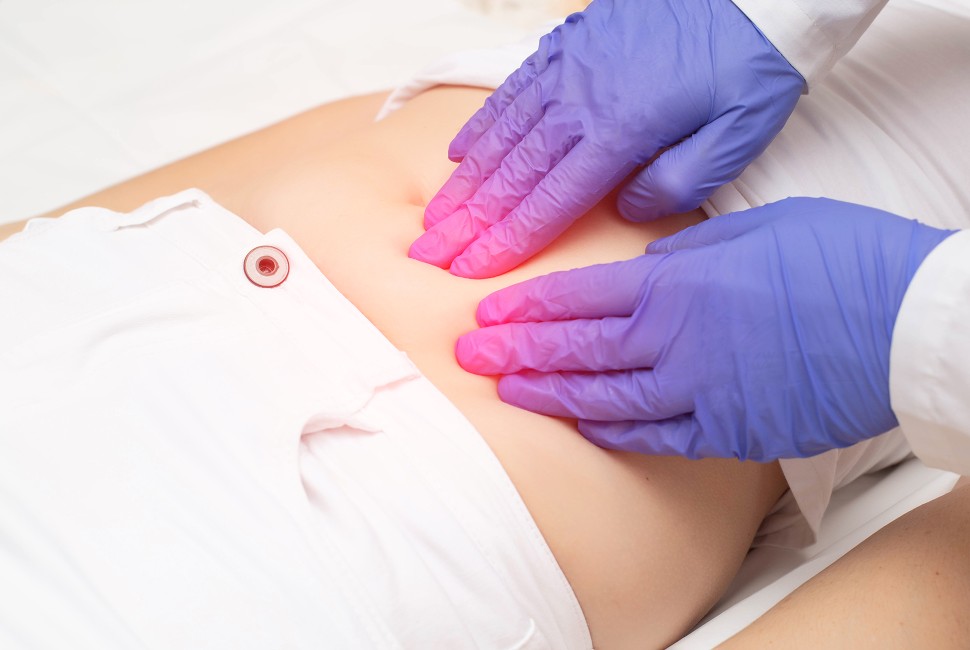For the first time, scientists at Northwestern Medicine have demonstrated a causal link between environmental phthalates (toxic chemicals found in everyday consumer products) and the increased growth of uterine fibroids, the most common tumors among women.
Manufacturers use environmental phthalates in numerous industrial and consumer products, and they’ve also been detected in medical supplies and food. Although they are known to be toxic, they are currently unbanned in the U.S.
“These toxic pollutants are everywhere, including food packaging, hair and makeup products, and more, and their usage is not banned,” said corresponding study author Dr. Serdar Bulun, chair of the department of obstetrics and gynecology at Northwestern University Feinberg School of Medicine and a Northwestern Medicine physician. “These are more than simply environmental pollutants. They can cause specific harm to human tissues.”
Up to 80% of all women may develop a fibroid tumor during their lifetime, Bulun said. One-quarter of these women become symptomatic with excessive and uncontrolled uterine bleeding, anemia, miscarriages, infertility and large abdominal tumors necessitating technically difficult surgeries.
The new study found women with a high exposure to certain phthalates such as DEHP (used as a plasticizer to increase the durability of products such as shower curtains, car upholstery, lunchboxes, shoes and more) and its metabolites have a high risk for having a symptomatic fibroid.
The study was published Nov. 14 in the Proceedings of the National Academy of Sciences (PNAS).
Prior epidemiological studies have consistently indicated an association between phthalate exposure and uterine fibroid growth, but this study explains the mechanisms behind that link. The scientists discovered exposure to DEHP may activate a hormonal pathway that activates an environmentally responsive receptor (AHR) to bind to DNA and cause increased growth of fibroid tumors.
“Interestingly, AHR was cloned in the early ’90s as the receptor for dioxin, the key toxin in the agent orange,” said Bulun, who also is a member of the Robert H. Lurie Comprehensive Cancer Center of Northwestern University. “The use of agent orange during the Vietnam war caused significant reproductive abnormalities in the exposed populations; and dioxin and AHR were thought to be responsible for this.”
This new study, Bulun said, provides further evidence to support these theories.
DEHP has been the most widely used phthalate. Although there has been increased concern in the public and some regulatory restrictions in European Union countries, it is still widely used for the packaging of food and health products in the U.S. and across the world. DEHP can be gradually released from consumer products into indoor environments such as homes, schools, daycare centers, offices and cars. It settles on floors and other surfaces and can accumulate in dust and air. During pregnancy, DEHP can pass from mother to baby.


